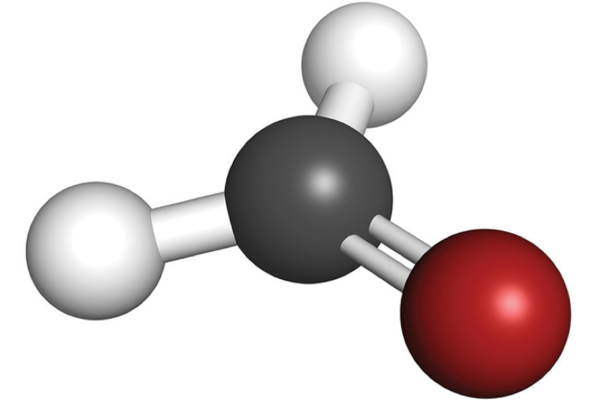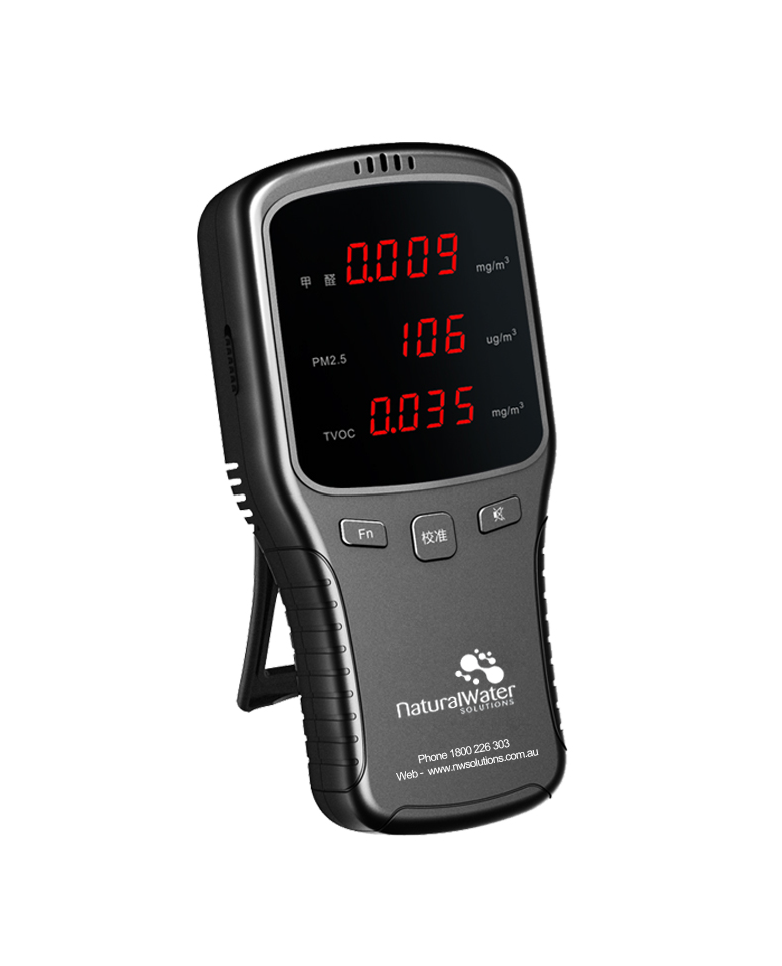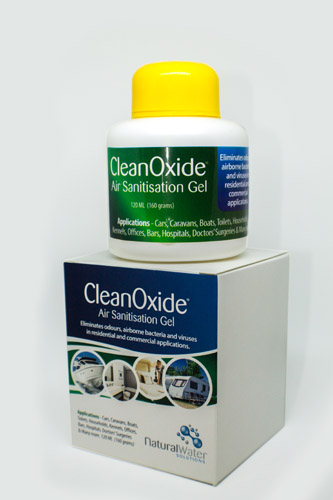What is Formaldehyde?
Formaldehyde is a colorless, strong-smelling gas used in making building materials and many household products. It is used in pressed-wood products, such as particleboard, plywood, and fiberboard; glues and adhesives; permanent-press fabrics; paper product coatings; and certain insulation materials. It is also used to make other chemicals.
When dissolved in water it is called formalin, which is commonly used as an industrial disinfectant, and as a preservative in funeral homes and medical labs. It can also be used as a preservative in some foods and in products, such as antiseptics, medicines, and cosmetics. Sometimes, although formaldehyde is not used, substances that release formaldehyde are. These have been found in cosmetics, soaps, shampoos, lotions and sunscreens, and cleaning products.
Formaldehyde can be added as a preservative to food, but it can also be produced as the result of cooking and smoking.
Formaldehyde and other chemicals that release formaldehyde are sometimes used in low concentrations in cosmetics and other personal care products like lotions, shampoo, conditioner, shower gel, and some fingernail polishes.
What types of health problems can Formaldehyde exposure cause?
When formaldehyde is present in the air at levels higher than 0.1 parts per million (ppm), some people may have health effects, such as:
- watery eyes
- burning sensations of the eyes, nose, and throat
- coughing
- wheezing
- nausea
- skin irritation
Some people are very sensitive to formaldehyde, but others have no reaction to the same level of exposure.
Formaldehyde in consumer products such as cosmetics and lotions can cause an allergic reaction in the skin (allergic contact dermatitis), which can lead to an itchy, red rash which may become raised or develop blisters.
How can I limit my exposure to formaldehyde at home?
Formaldehyde levels in homes can be reduced by not allowing smoking inside and by ensuring adequate ventilation (use your stove vent fan for example), moderate temperatures, and reduced humidity levels through the use of air conditioners and dehumidifiers.
Using exterior grade pressed-wood products limits formaldehyde exposure.
Formaldehyde can be listed on a product label by other names, such as:
- Formalin
- Formic aldehyde
- Methanediol
- Methanal
- Methyl aldehyde
- Methylene glycol
- Methylene oxide
What else should I check for formaldehyde?
- Lotions
- Shampoos
- Sunblock
- Soap Bars
- Cosmetics
- Body Wash
- Toothpaste
- Baby Wipes
- Bubble Bath
What effects can these products cause?
Watery, burning eyes, nose and throat, asthmatic attacks, skin irritation, headaches and nausea are all possible short term side effects of formaldehyde exposure. Long term effects include cancer and possibly leukaemia.
Most products contain only very small amounts of harmful chemicals. The danger lies in our modern habits of using many of these products, and for a long time. As you surround yourself with more and more formaldehyde-containing products your exposure level increases. Similarly, the longer you expose yourself to these products the more exposure you are getting.

How can I test my home for formaldehyde?
Natural Water Solutions now offers a multi function air detector which detects levels of formaldehyde in parts per million. This product can be used throughout the home to ensure your formaldehyde levels are not in the harmful range.
View Formaldehyde DetectorA formaldehyde concentration of 0.1 mg per cubic metre of indoor air is not to be exceeded – not even for a brief period!
How can I get rid of formaldehyde?
CleanOxide Gel is the perfect way to protect your family from the dangers of the exposure to Formaldehyde in everyday products.
The Natural Water Solutions CleanOxide® Gel actually has the ability to kill the source of the problem. The Chlorine Dioxide that is released from the Gel works by destroying part of the odour molecule, stripping it of its odour potential. It is the oxygen ions that are doing the work, killing the airborne bacteria, mould or viruses and safely eliminating odour. Other benefits of the CleanOxide Gel is that the Chlorine Dioxide actually has the ability to destroy the Formaldehyde that is produced by other toxic chemicals within your environment.
View CleanOxide Gel

Australian Occupational Exposure Standard
The current Australian national occupational exposure standard for formaldehyde is 1 part per million (ppm) 8-hour time-weighted average (TWA) and 2 ppm short-term exposure limit (STEL). The NICNAS report recommends that the occupational exposure standard be lowered to 0.3 ppm 8-hour TWA and 0.6 ppm STEL. Formaldehyde has been shown to cause nasal cancers in animals at levels not found in the majority of workplaces.
The recommended standard is being considered by Safe Work Australia, the national agency responsible for setting national occupational exposure standards.
In Europe Formaldehyde is Classified as carcinogenic owing to its particular toxicity, formaldehyde was classified as category 1B carcinogen in accordance with the European Chemicals Directive (CLP) – as presumed to have carcinogenic potential for humans.
Following the guideline of the German Federal Environment Agency, a formaldehyde concentration of 0.1 mg per cubic metre of indoor air is not to be exceeded – not even for a brief period!
